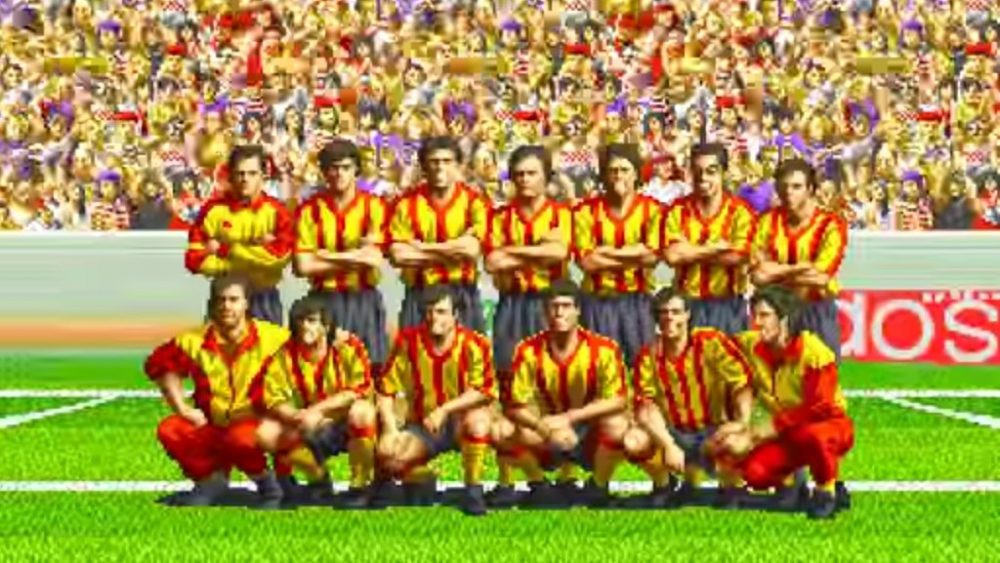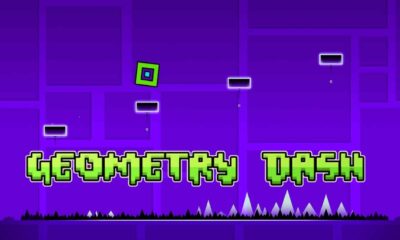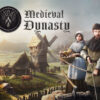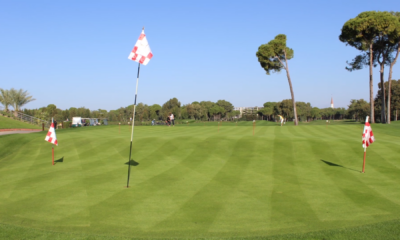Super Sidekicks: All You Need To Know About SNK NEO GEO Soccer Game
Super Sidekicks is a soccer-based video game series developed and published by Japanese game company SNK. The original “super sidekicks” was released in 1992 for their NEO-GEO home game consoles. The Japanese version of the game had a different name, “TokutenOu”; which translates to “Goal scoring king”.
As the gaming scene was booming in the early 90s, and new genres were being introduced, sports-based video games were a new hit at the time and it still is. Soccer is the most popular sport in the world except the U.S. Every major gaming company was designing a soccer game because of the increasing popularity of this game. It was SNK’s first sports game. This series was much loved in the SNK games community and general soccer fans.
Teams
The first game in the series “Super Sidekicks” featured 12 teams. These 12 teams were then divided into two groups. Teams included in Group A were Germany, Italy, Spain, England, Mexico, and Japan. While teams in Group B Argentina, Holland, Brazil, France, the United States, and South Korea. These teams were selected because of their popularity among fans and their performance in the most recent world cup.
The innovative trait of the game was in every team’s formation. The formation was different for every team. This formation was similar to their real-world team. With this layer embedded in-game, the attacking and defensive abilities were slightly different. This feature added an option for the player to choose according to the style of play, he/she wants the team to adopt.
Rules
The rules were according to real soccer except for offside rule. The progression of the team was tournament-like. The Player’s selected team first plays with other teams in its group. If the team gets through then it goes to a knock out round. These knock out rounds consisted of semifinals and a finale. Super Sidekicks also included cards, throw-ins, and fouls.
Gameplay
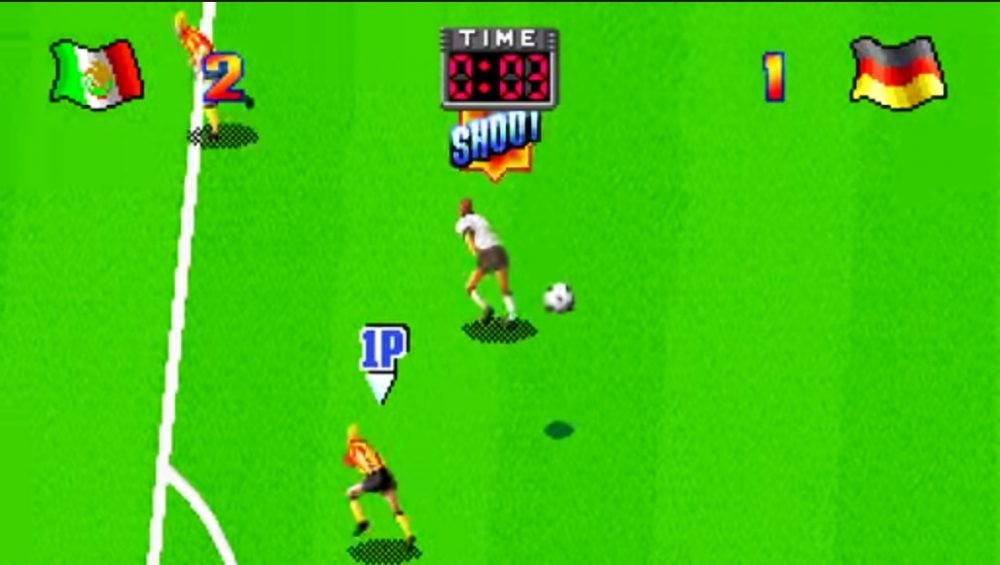
Super sidekicks’ gameplay was fast-paced to increase the action and frequency of attacks by both teams. The players in teams could act defensively and offensively. When a team has possession, its players could pass the ball to other teammates to shoot the ball into an opponent’s goal. On the other hand, when a team is defending, its players can perform tackles. If a tackle is very late which causes the opponent’s player to fall. Then it counts as a foul. The player is penalized for this action with a yellow card, and the other team is awarded a free-kick.
Throw-ins were also included in this game which was uncommon in other soccer games.
There are two types of passes. If the player pressed the pass button once and released immediately, a ground/short pass would be performed. When the same button is pressed and held for a couple of seconds, the player performs a flying/long pass.
Shooting is similar to passing. If the shoot button is pressed then the player launches a shot in the direction of d-pad which is being held by the player on the controller.
There is also a hidden feature in the game that affects the single-player mode’s performance in the gameplay when the player is playing against CPU. During the free-kick by CPU team, if the player taps the A button on the controller, then performs a short kick, this allows the player to get away without conceding a goal.
There was also a small glitch experienced by the players when switching their team’s players while defending. It usually took more presses to get the cursor to the intended player of the team.
Mistake
There was a small mistake in the game. the color of Spain’s kit was wrong and it resembled Portugal’s kit.
Super Sidekicks 2: The World Championship
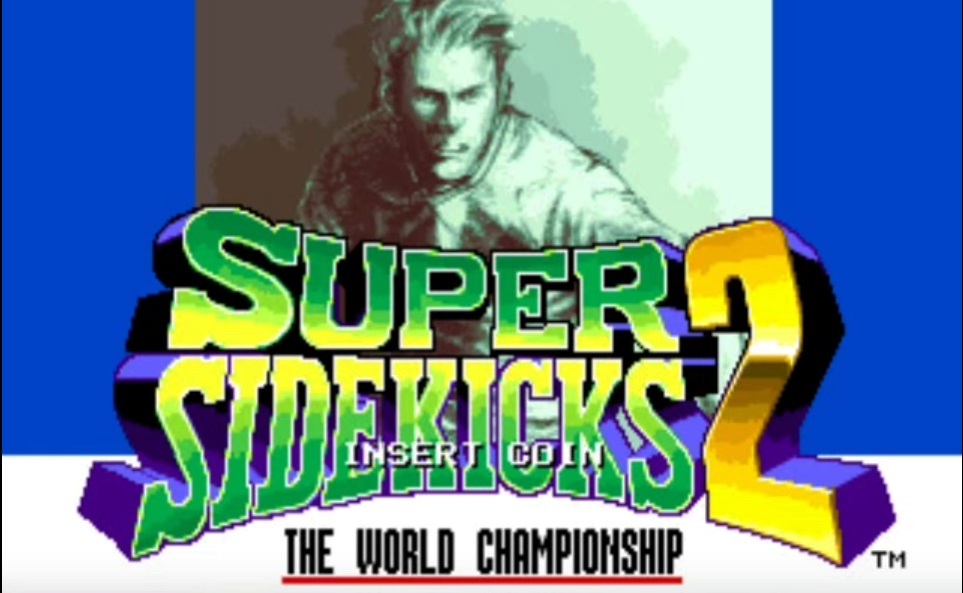
The next game in series was released in the first quarter of 1994. The Japanese version of this sequel had the name “TokutenOu: Real Fight Football”. Super Sidekicks 2 removed all small glitches and drawbacks from its prequel.
The game introduced a smaller goal. The number of teams was increased from twelve to forty-eight. These were divided into geographical regions from where each team belonged. The new groups were as follows.
- Europe A: Italy, England, Spain, Holland, Switzerland, Norway, Turkey, Ireland.
- Europe B: Germany, France, Bulgaria, Sweden, Russia, Greece, Belgium, Romania.
- Americas/Oceania: United States, Mexico, Canada, Australia, New Zealand, Costa Rica, El Salvador, Honduras.
- South America: Brazil, Argentina, Paraguay, Colombia, Bolivia, Uruguay, Peru, Ecuador.
- Asia: South Korea, Japan, Saudi Arabia, Taiwan, China, Iran, Hong Kong, UAE.
- Africa: Cameroon, Morocco, Nigeria, Egypt, South Africa, Ivory Coast, Guinea, Zambia.
Upon start-up, the player goes into a regional qualification with a team from the same region, selected by the user. After beating the regional team, the selected team goes to the world cup. This type of format for matches is reminiscent of the real-life soccer world cup.
The new feature of the Super Sidekicks 2 was having the option of replaying the drawn match with a team. A player can also opt for going to penalty kicks or golden goal in case of a draw.
There was also an arcade version of this game in the series.
Super Sidekicks 3: The Next Glory

The third game in the series was released in 1995. Similarly with a different name of the Japanese version, “TokutenOu 3: Path to the Glory”. This game also introduced new teams and the total team being 64 as a whole from eight geo-locations. Newly introduced teams were Portugal, Poland, Denmark, Wales; the Czech Republic, Austria, Hungary, Finland from Europe & Guatemala, Puerto Rico, Panama, and Chile from the Americas. Vietnam, Iraq, and Singapore were from the Asian region along with India, Thailand, and Malaysia.
The format of matches was the same as the previous game in the series. The new feature introduced in the game was keeping the leaderboard for all the players who score, which is displayed at the end of the tournament. The leaderboard shows who is the top scorer of the tournament. This game also introduced regional tournaments like euro cup, Copa America, AFC Asian cup, etc.
This game was released in 1998 as FIFA launched its own official game. SNK was not able to secure the official FIFA license. So the names of the majority of players were changed and some teams were replaced with the new teams.
The Ultimate 11: SNK Football Championship (Super Sidekicks 4)
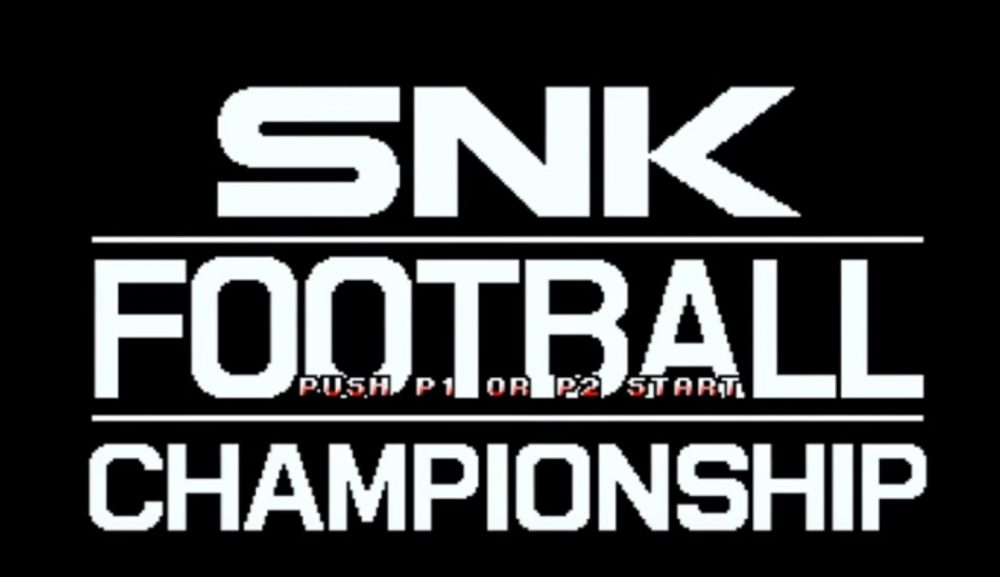
Ultimate 11 also known as Super Sidekicks 4 was the last game in the series. It kept the trend of series by introducing new teams. The tally of teams in this game was a total of 80, with the same eight geo-regions.
The new teams in this game were Scotland, Northern Ireland, Iceland, Croatia, Slovakia and Israel from Europe. Two new teams from Africa were Tunisia and Algeria. Honduras and Jamaica were two new teams from the Americas and the Caribbean Sea. Venezuela was from South America & Qatar, Oman, Bahrain, Kuwait, Uzbekistan were added to region Asia/Oceania A whereas Hong Kong was added to region Asia/Oceania B.
Legacy
Due to a larger fan following of retro games, all games of this series were released for the newer generation of consoles, PS3, PSP, and Nintendo Wii as part of SNK’s super hit classic games. Many game review magazines of that time including Electronic Gaming Monthly gave 8/10 to the first three games.
Bottom Line!
All in all, if you crave nostalgia or retrospective games are your thing, you will enjoy playing this game series.

